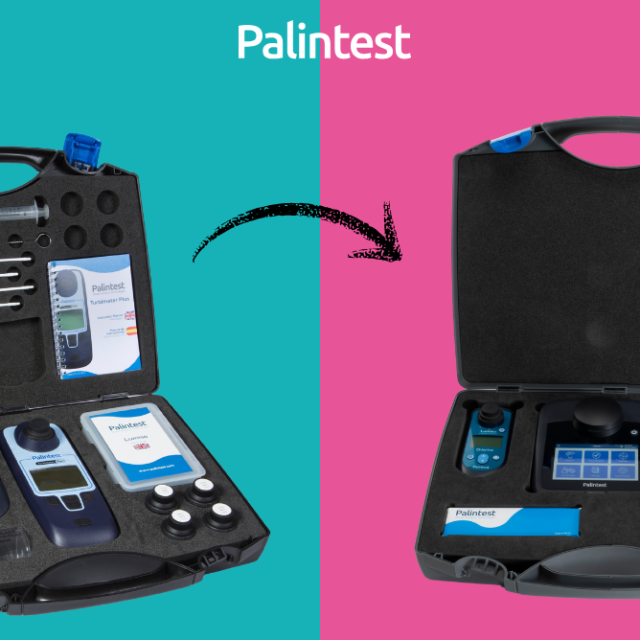
The Role of Turbidity in Mains Commissioning
Turbidity plays a crucial role in the commissioning of new or repaired water mains, as it serves as a key indicator of water quality and system integrity. During commissioning, it’s essential to ensure that the water mains are free from contaminants, sediments, and other particulates that can compromise water safety. Turbidity testing helps verify that the mains are clean and that the water flowing through them meets regulatory standards before being introduced into the wider distribution network.
Why Turbidity Testing Is Important in Mains Commissioning
Commissioning new or repaired water mains involves a series of steps to ensure that the infrastructure is ready to deliver clean and safe water to consumers. One of the critical aspects of this process is turbidity testing, which ensures that the water is free from suspended particles, debris, and other impurities that could have entered the system during construction or repairs.
High turbidity levels during commissioning can indicate the presence of contaminants that could lead to consumer complaints, regulatory violations, or even health risks. By closely monitoring turbidity, water utilities can ensure that the mains are properly flushed, disinfected, and ready for service.
How to Carry Out Turbidity Testing Protocols
Conducting turbidity testing during mains commissioning involves several key steps:
- Initial Flushing: The first step is to flush the new or repaired main with clean water to remove any debris, sediment, or contaminants that may have entered during installation or repairs. This process typically involves opening hydrants or other outlets along the main to ensure a thorough flush.
- Turbidity Monitoring: After the initial flush, turbidity levels are monitored to assess the effectiveness of the flushing process. Portable turbidity meters, like the Lumiso Turbidity Meter, are used to take measurements at various points along the main. The goal is to achieve turbidity levels that meet or fall below the regulatory standards, typically less than 1 NTU for drinking water systems.
- Re-Flushing if Necessary: If turbidity levels are still high after the initial flush, additional flushing may be required. This process is repeated until the water reaches acceptable clarity levels, indicating that the main is free of contaminants.
- Final Testing and Verification: Once turbidity levels are within the acceptable range, final tests are conducted to verify the water quality. These tests may include additional turbidity measurements, as well as bacteriological tests to ensure the main is safe for service.
Night-Time Turbidity Testing
Conducting turbidity testing during night-time commissioning offers several advantages, particularly in minimizing disruption to consumers and ensuring optimal operating conditions. Night-time testing typically occurs when water demand is lower, reducing the impact on the distribution system and allowing for more accurate assessments.
- Ease of Use in Low-Light Conditions: The Lumiso Turbidity Meter is designed for ease of use, even in low-light or night-time conditions. Its backlit display and intuitive interface allow operators to perform tests efficiently, ensuring accurate readings regardless of the time of day. The meter’s portability and rugged design make it suitable for use in challenging environments, such as construction sites or remote locations where lighting may be limited.
- Real-Time Data Management: During night-time testing, it is essential to have real-time data management capabilities to quickly assess and address any issues that arise. The Lumiso Turbidity Meter’s ability to store and transmit data ensures that water quality teams can monitor progress in real-time and make informed decisions without delay.
- Improved Scheduling Flexibility: Conducting turbidity testing at night provides greater flexibility in scheduling and allows for continuous operation of the commissioning process without interrupting daytime activities. This approach helps utilities meet tight deadlines and ensure that the water mains are ready for service as soon as possible.
An Essential Component
Turbidity testing is an essential component of mains commissioning, ensuring that new or repaired water mains are clean, safe, and ready to deliver high-quality water to consumers. By following established testing protocols and utilizing reliable, user-friendly equipment like the Lumiso Turbidity Meter, utilities can effectively monitor and manage turbidity levels, even during night-time operations. This commitment to thorough testing and verification helps maintain public confidence in the safety and reliability of the water supply.




